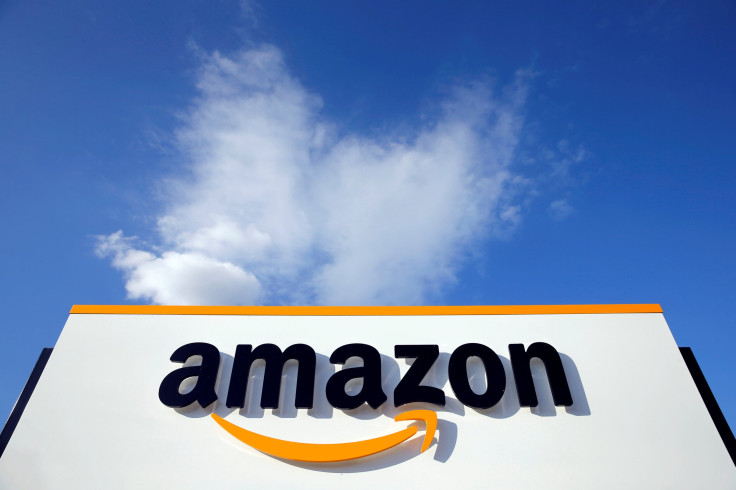Amazon Is Stealing Market Share From Facebook and Google

It wasn't that long ago that all the talk in the digital advertising market was centered on the duopoly of Facebook (NASDAQ:FB) and Google, a division of Alphabet (NASDAQ:GOOGL) (NASDAQ:GOOG).
This article originally appeared in The Motely Fool.
In late 2017, Digital Content Next reported the pair would account for about 63% of online advertising in the U.S. last year, with Google nabbing 42% and Facebook garnering 21%. Even more telling, Brian Wieser of Pivotal Research Group estimated that the two companies accounted for 90% of the growth in the U.S. digital ads industry in 2017.
The stranglehold enjoyed by the two top dogs may be loosening. Forecasts suggest that Amazon ( NASDAQ:AMZN) is taking share from the leaders. While the e-commerce giant will account for just 2.7% of digital advertising this year, that number is expected to grow to 4.5% by 2020, which will make Amazon the third-largest online ad seller in the U.S. -- up from fifth place today, according to data provided by eMarketer.
A much greater opportunity going forward
The majority of Amazon's advertising revenue thus far has been from merchants seeking to highlight sponsored products on its e-commerce website. During the first-quarter conference call, Amazon's chief financial officer, Brian Olsavsky, reported that advertising was "now a multibillion-dollar program and growing very quickly." That growth has continued, and has topped $2 billion in each of the past two quarters.
In the second-quarter conference call, Olsavsky provided much more detail:
We're seeing strong adoption across a number of fronts. Amazon vendors, sellers, and authors, as well as third-party advertisers want to reach Amazon customers. So we have hundreds of thousands of emerging and established advertisers. And they're using our services to achieve their marketing goals, whether that's to drive new brand awareness, discovery or ultimately purchase decisions on our site.
Hordes of data
The reason for Facebook and Google's dominance in digital advertising is simple: The companies count billions of users each day, and collect mounds of information from each one. The combination of eyeballs and data allows for advertising that can target specific groups of consumers that are more likely to act on those ads.
Amazon's advantage is similar. By promoting sponsored products on its site, shoppers are introduced to new brands and products, while sellers are able to more effectively reach their target markets. This is evidenced by the rapid growth in the company's advertising business, which has increased by 132% and 139% year over year the first and second quarters, respectively.
That growth could accelerate. Monica Peart, eMarketer's senior forecasting director, notes, "So far, it's been conservative in its ad load. It remains an open question as to when Amazon will take advantage of its significant reach and dominance in rich shopper data to ramp up the placement of ads in other areas."
Is there an Echo in here?
Another potential avenue for the company's advertising ambitions is via its Echo smart speaker, controlled by its Alexa voice assistant. Amazon is believed to have sold more than 35 million of the devices, controlling about 70% of the market, according to research conducted by Consumer Intelligence Research Partners.
Reports from earlier this year indicate that Amazon was in talks with a number of companies about promoting their products on the voice-controlled Echo, including consumer products companies Procter & Gamble and Clorox , according to reports from CNBC. Amazon subsequently denied those reports, indicating that it has no plans to advertise on Alexa at this time. That doesn't mean that advertising can't be introduced on the devices at a later date.
An increasing number of paths to growth
Amazon already owns a significant percentage of the e-commerce market in the U.S. and is attempting to replicate that across the globe. The company also is the leader in cloud computing and smart speaker penetration, and is second only to Netflix in the realm of streaming video. With the rapid expansion of its digital advertising business, it appears that Amazon is looking to add another feather in its cap.
Based on how it's doing so far, it just might succeed.




















